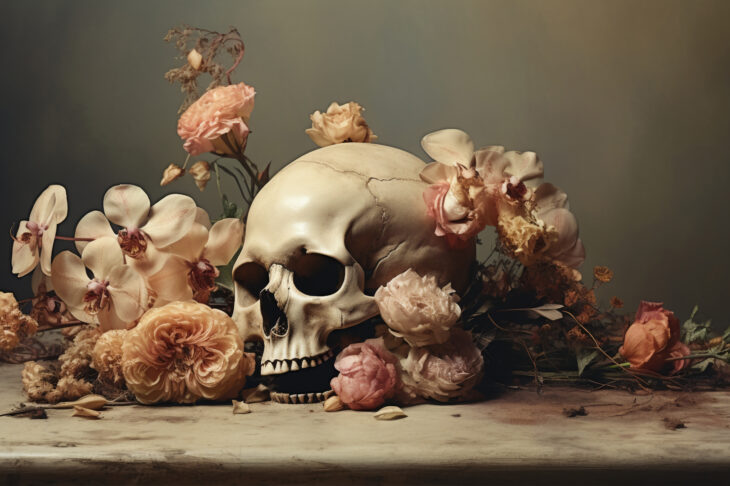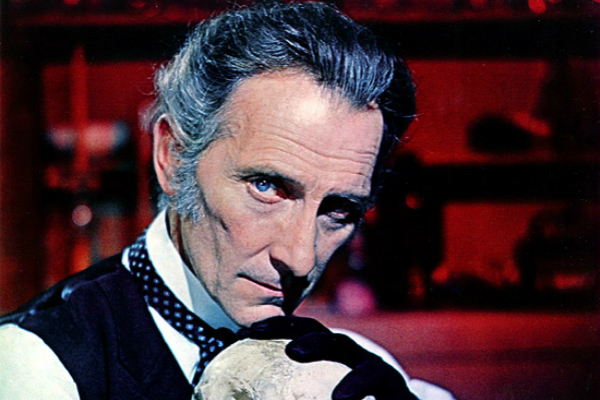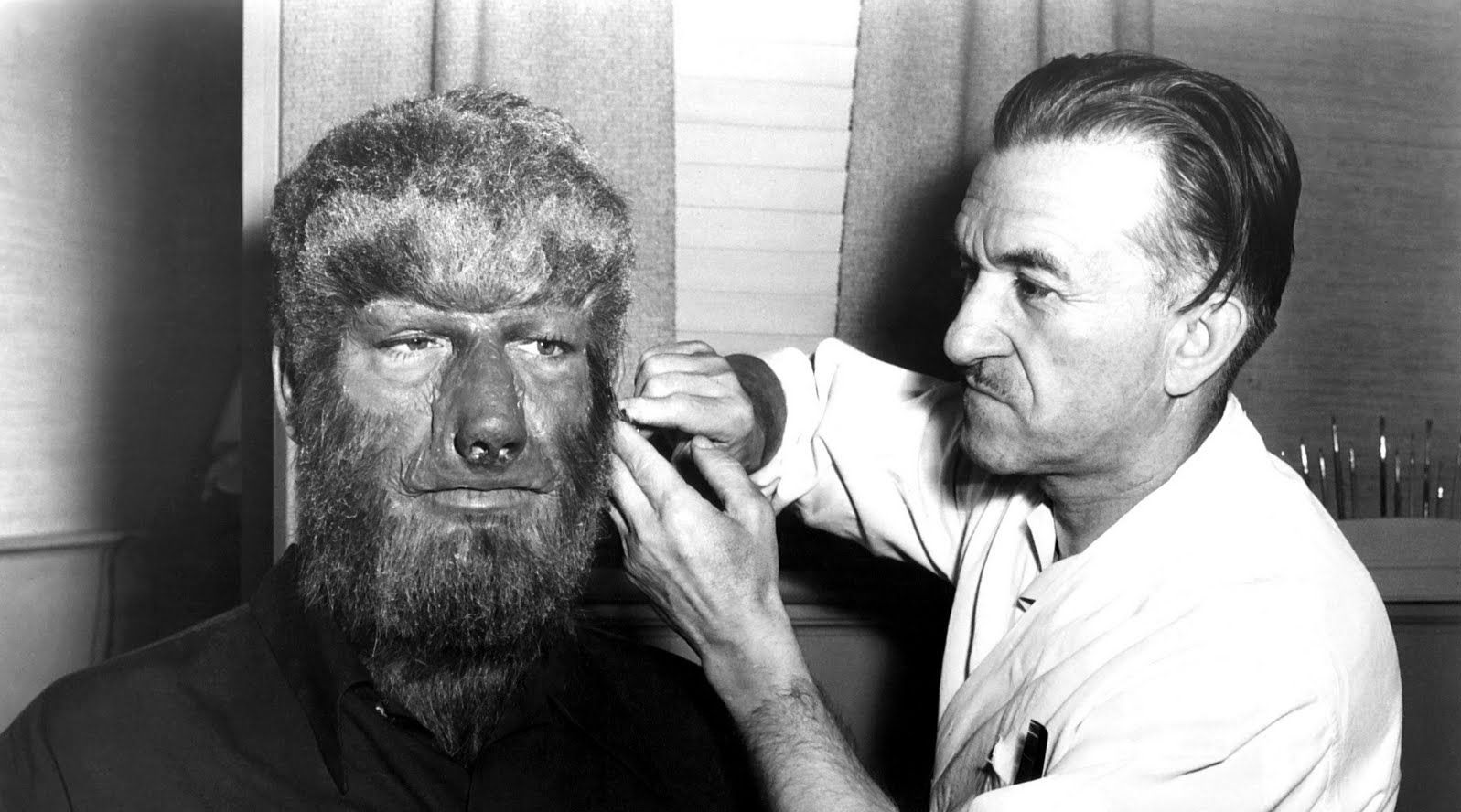
Jack Pierce: Monster Maker
In the pantheon of horror cinema, few have left such a lasting and indelible mark as Jack Pierce, the mastermind behind some of the most iconic monster makeup designs in history.
Known for his exceptional craftsmanship, meticulous attention to detail, and innovative techniques, Pierce brought life to the creatures that have haunted our dreams for generations. In this blog post, we delve into the world of Jack Pierce, the man who transformed actors into legendary monsters, and explore his remarkable contributions to the horror genre.
From Frankenstein’s Monster to the Wolfman, Pierce’s creations have become synonymous with the classic era of horror, and his legacy continues to inspire and captivate both audiences and artists alike.
Jack Pierce: Early Life and Career
Born in Greece on May 5, 1889, as Janus Piccoula, Jack Pierce emigrated to the United States as a teenager in pursuit of the American dream.
He soon changed his name to Jack Pierce and began his career in the world of entertainment as an actor, stuntman, and assistant director. However, it was his passion for makeup that would ultimately define his career and lead him to become one of the most influential artists in the history of horror cinema.
Pierce’s early work in makeup began in the silent film era, where he honed his skills and learned the craft of creating believable and visually striking characters. He eventually joined Universal Studios in the 1920s, and his talents were quickly recognized. In 1928, Pierce was promoted to head the studio’s makeup department, a position that allowed him to fully unleash his creativity and innovation.#
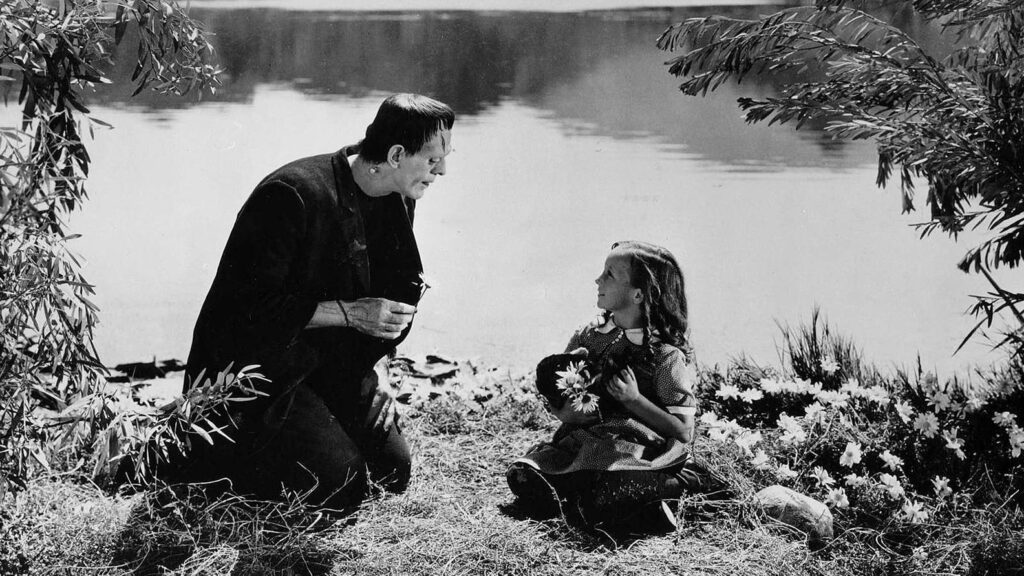
During his tenure at Universal Studios, Pierce collaborated with some of the most iconic actors and directors of his time, including Lon Chaney Sr., Boris Karloff, and Bela Lugosi. His dedication to his craft and his willingness to experiment with unconventional materials and techniques resulted in makeup designs that would shape the horror genre for years to come.
One of Pierce’s first significant achievements was the creation of the iconic makeup for Boris Karloff in the 1931 film, “Frankenstein.” The angular, square-headed design of Frankenstein’s Monster, complete with protruding bolts and heavy brow, became an instant classic and remains one of the most recognizable monster designs to this day.
Pierce’s innovative makeup designs extended beyond Frankenstein’s Monster. He was responsible for crafting the look of Bela Lugosi’s Count Dracula, the bandaged visage of the Mummy, and, of course, the unforgettable transformation of Lon Chaney Jr. into the Wolfman. In each case, Pierce’s mastery of makeup and special effects brought these characters to life, instilling both fear and fascination in audiences around the world.
Despite the tremendous success and impact of his work at Universal Studios, Jack Pierce’s career was not without its challenges. Changes in the studio’s management and the advent of new makeup techniques led to his departure from Universal in 1947. However, Pierce continued to work in the film industry, lending his talents to various projects, including B-movies and television series.
In the years following his work at Universal Studios, Jack Pierce’s contributions to the horror genre were not forgotten. His influence has been recognized by both fans and industry professionals alike, and his techniques and designs continue to inspire makeup artists and filmmakers to this day.
Jack Pierce’s Iconic Monsters
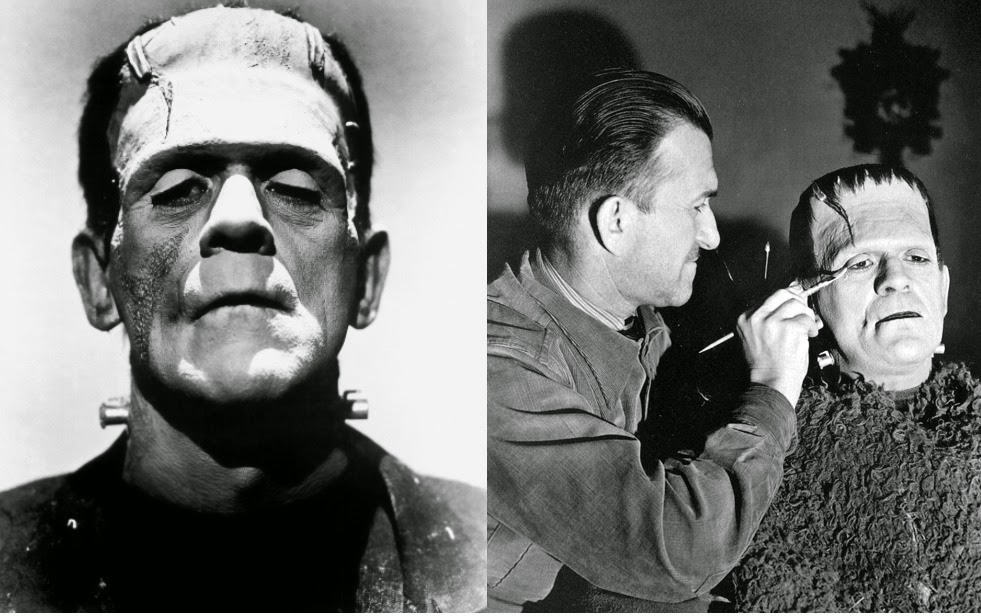
Jack Pierce’s exceptional skills as a makeup artist and his innovative approach to creating monstrous characters earned him the title of “Monster Maker.” His work has left a lasting impact on the world of horror cinema and popular culture, with many of his creations becoming instantly recognizable icons. Here, we take a closer look at some of the most iconic creatures crafted by the hands of Jack Pierce:
- Frankenstein’s Monster (1931): Perhaps Pierce’s most famous creation, Frankenstein’s Monster was brought to life by actor Boris Karloff. The makeup featured a square, flat-topped head, heavy brow, and protruding bolts on the neck, giving the character an unforgettable and striking appearance. This iconic design continues to be associated with Mary Shelley’s classic character to this day.
- The Mummy (1932): Pierce transformed Boris Karloff once again, this time into the ancient Egyptian mummy Imhotep. Using layers of cotton and collodion, Pierce created a realistic and eerie bandaged appearance that made Karloff’s character both haunting and tragic.
- The Wolfman (1941): Lon Chaney Jr.’s transformation into the tormented werewolf Lawrence Talbot was another of Pierce’s masterpieces. The makeup process involved applying layers of yak hair, rubber prosthetics, and greasepaint to create a convincing and terrifying werewolf. The Wolfman makeup has since become synonymous with werewolf characters in popular culture.
- Bride of Frankenstein (1935): Pierce’s work on Elsa Lanchester’s iconic appearance as the Bride of Frankenstein is another testament to his creativity. The lightning bolt-shaped streaks in her hair and the character’s unique, angular features have become an enduring symbol of classic horror cinema.
- Dracula (1931): While Bela Lugosi’s portrayal of Count Dracula relied more on the actor’s natural features and charisma, Pierce played a key role in refining and perfecting the vampire’s appearance. Subtle makeup techniques were used to accentuate Lugosi’s already menacing features, giving the character an air of sophistication and supernatural allure.
- The Hunchback of Notre Dame (1923): Although not a Universal production, Pierce’s work on the makeup for Lon Chaney Sr.’s portrayal of Quasimodo in “The Hunchback of Notre Dame” is worth noting. The grotesque deformities and the heavy, hunched posture created by Pierce’s makeup made Chaney’s performance as the tragic hunchback both empathetic and memorable.
These iconic creatures represent just a fraction of the many characters Jack Pierce brought to life during his illustrious career. His innovative techniques, attention to detail, and deep understanding of the human form allowed him to craft unforgettable monsters that have stood the test of time. Jack Pierce’s work as a “Monster Maker” has left an indelible mark on the history of horror cinema and continues to inspire generations of makeup artists and filmmakers.
Other Films Involving Jack Pierce
Here is a short list of other films that Jack Pierce worked on, along with a brief description of his contributions to each project:
- The Invisible Man (1933): In this classic film based on H.G. Wells’ novel, Pierce’s makeup expertise was used to create the illusion of invisibility for the character played by Claude Rains. Pierce employed a combination of black velvet and carefully designed makeup to achieve the ground-breaking special effects.
- The Old Dark House (1932): In this atmospheric horror-comedy, Pierce was responsible for the makeup of the film’s eccentric characters, including Boris Karloff’s portrayal of the brutish and disfigured butler, Morgan.
- The Black Cat (1934): In this thriller starring Boris Karloff and Bela Lugosi, Pierce’s makeup work focused on accentuating the sinister and menacing aspects of Karloff’s character, Hjalmar Poelzig, a Satanic architect with a dark past.
- Werewolf of London (1935): Predating “The Wolfman” by six years, this film featured the first werewolf makeup design by Jack Pierce. Although not as iconic as his later work on “The Wolfman,” Pierce’s work on actor Henry Hull as the titular creature showcased his early experimentation with werewolf transformation effects.
- House of Frankenstein (1944): In this monster mash-up film, Jack Pierce once again worked on the makeup for Boris Karloff, this time as the mad scientist Dr. Gustav Niemann. Pierce was also responsible for the makeup of other classic monsters featured in the film, such as the Frankenstein Monster, Dracula, and the Wolfman.
- Mr. Ed (TV Series, 1961-1964): In a departure from his horror roots, Jack Pierce worked as a makeup artist on the popular television series “Mr. Ed,” a comedy about a talking horse. Pierce was responsible for the makeup of the human characters in the show.
This list highlights the diversity of Jack Pierce’s career and his ability to adapt his skills to various genres and styles. While he is best known for his ground-breaking work in horror, Pierce’s talent and dedication to his craft extended far beyond the realm of monsters and ghouls.
